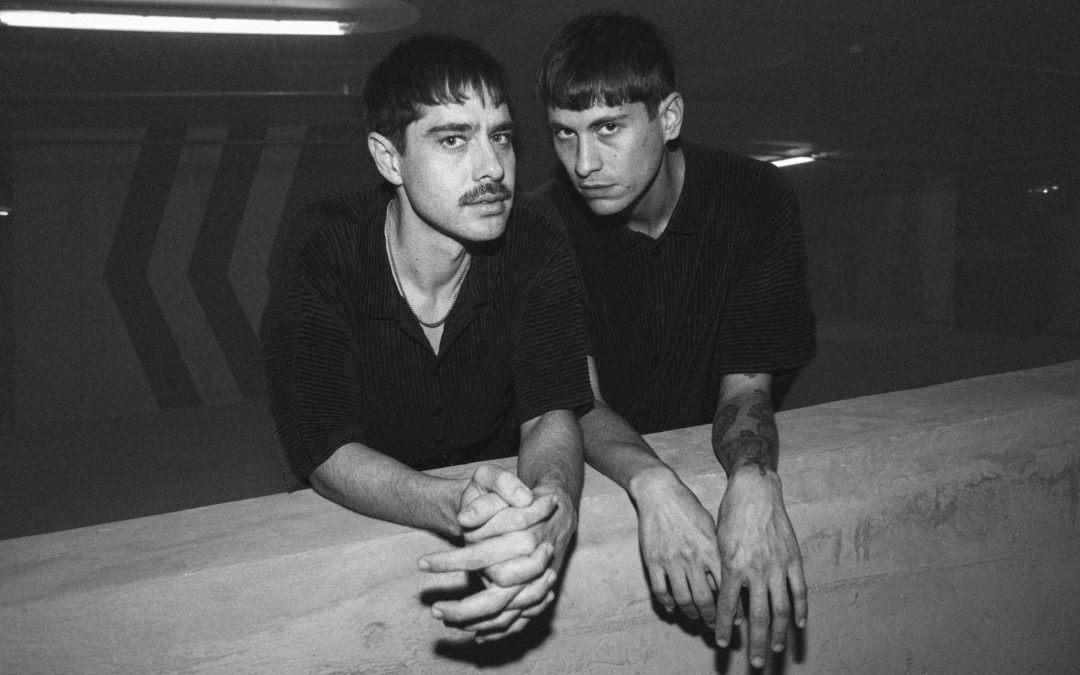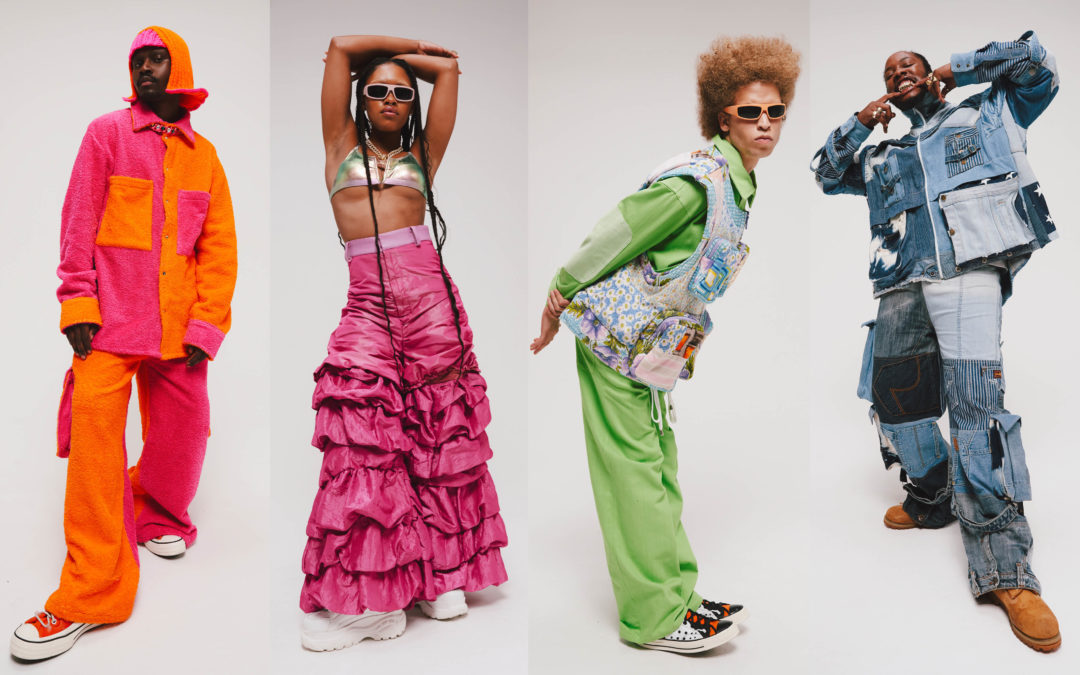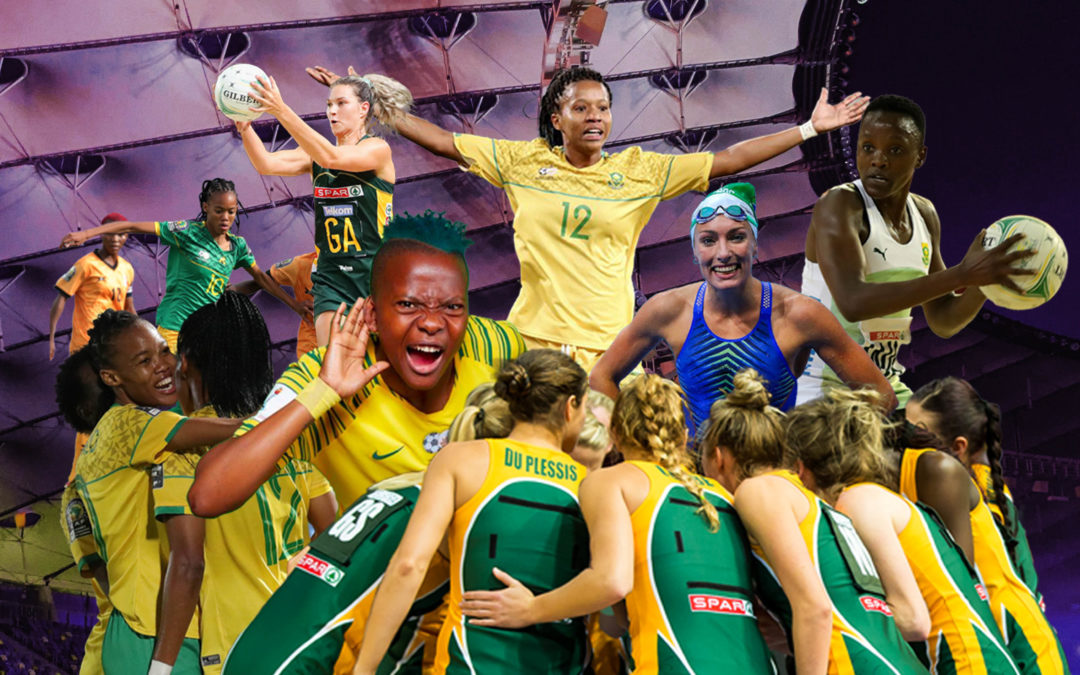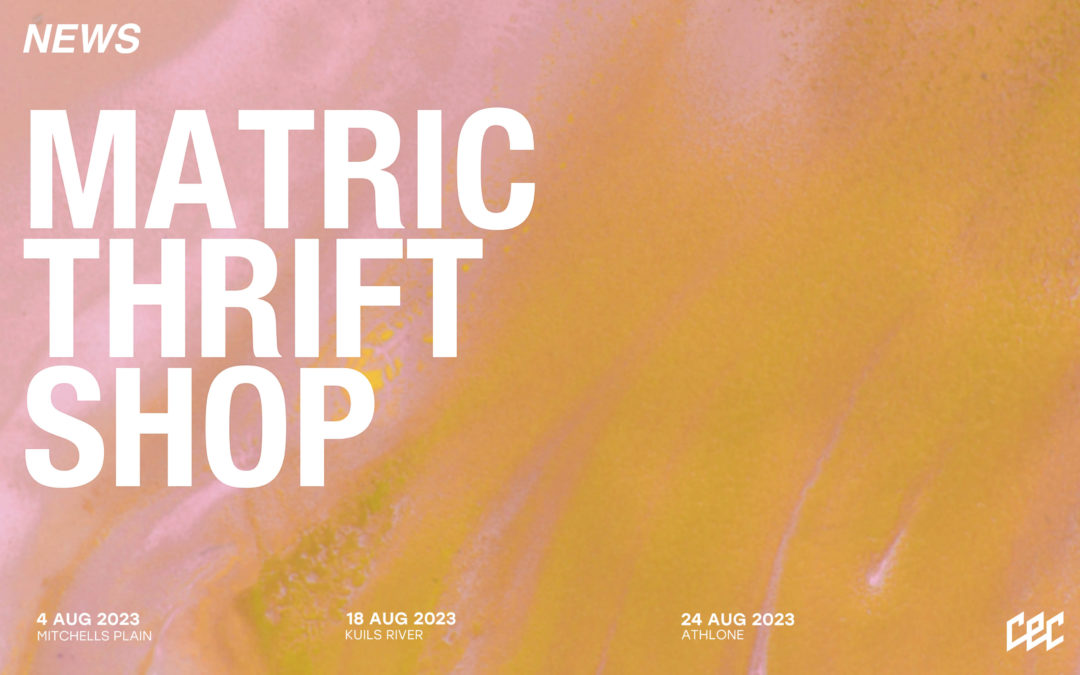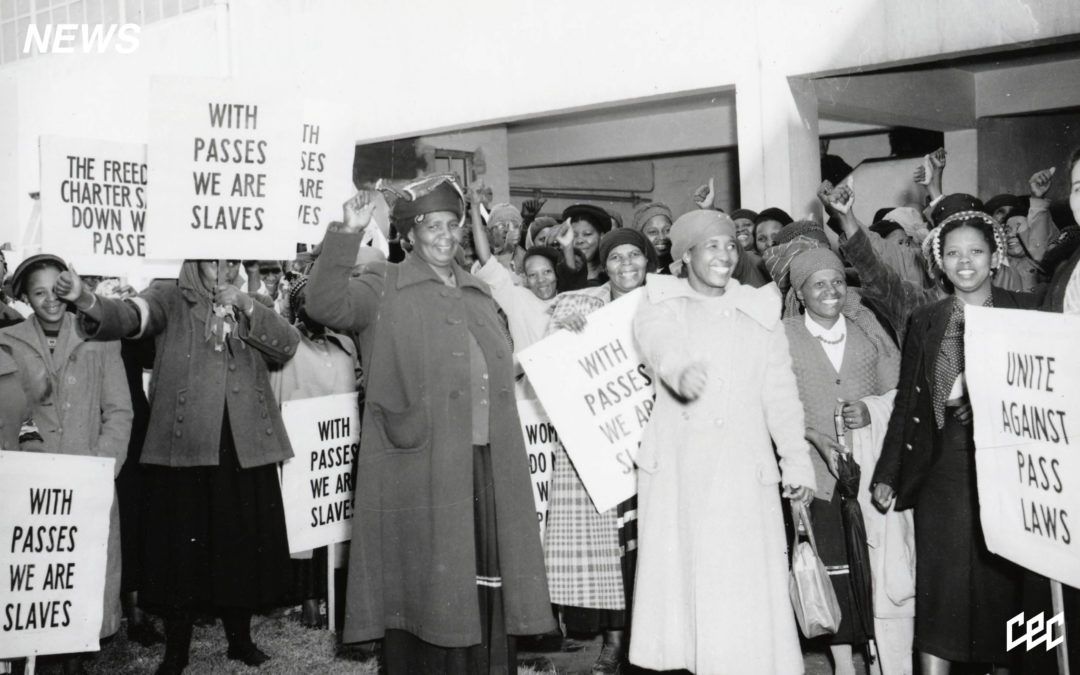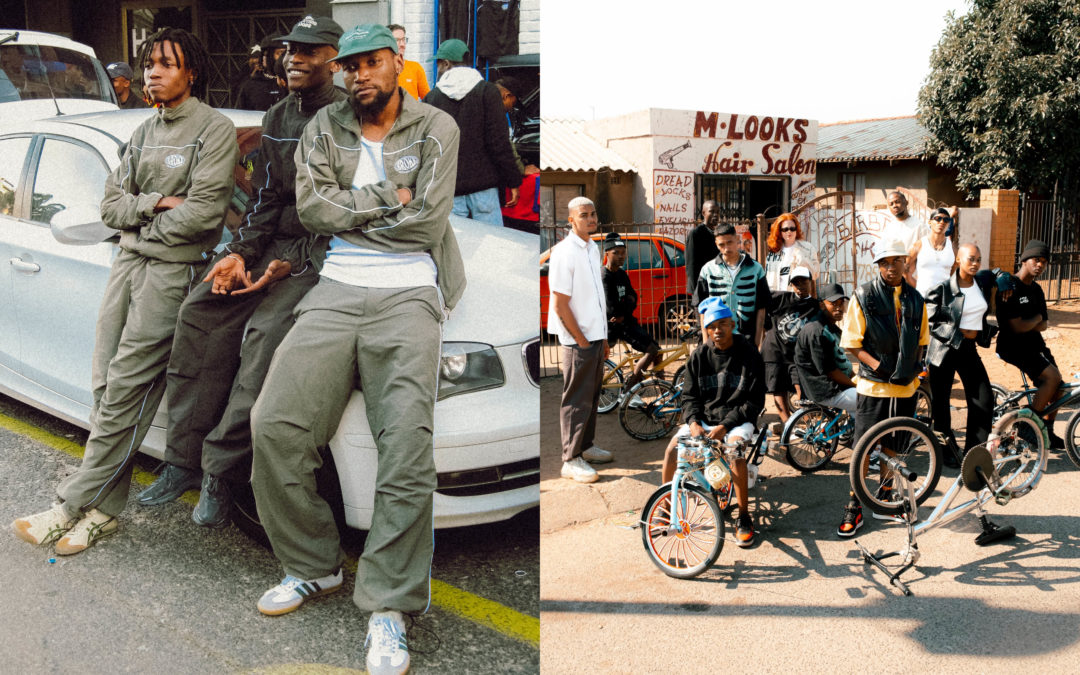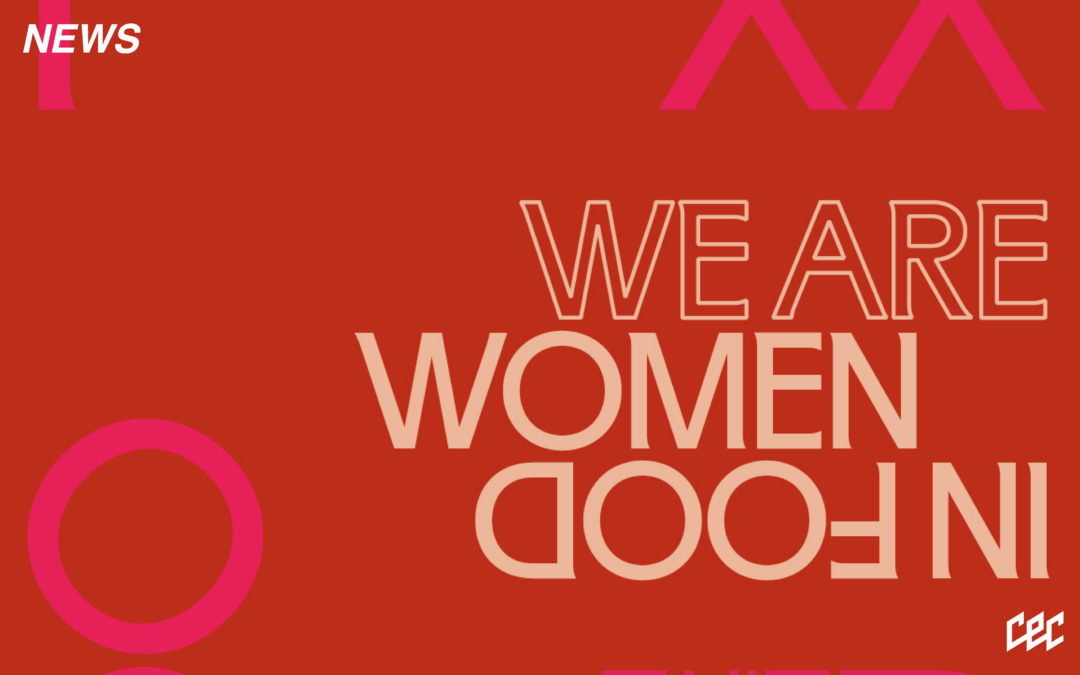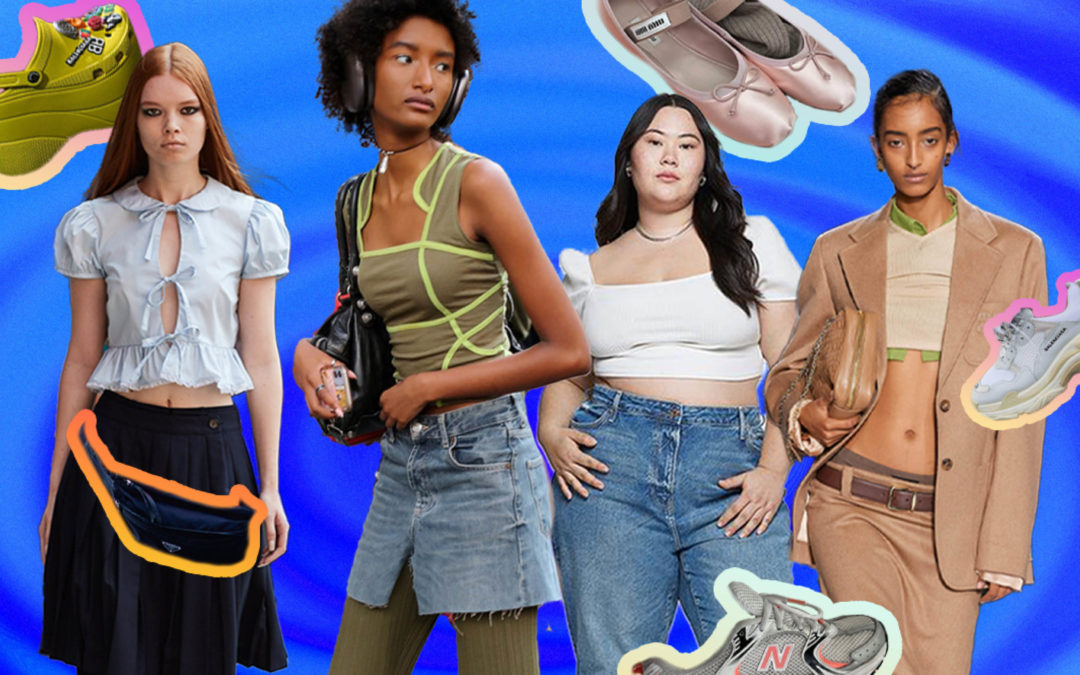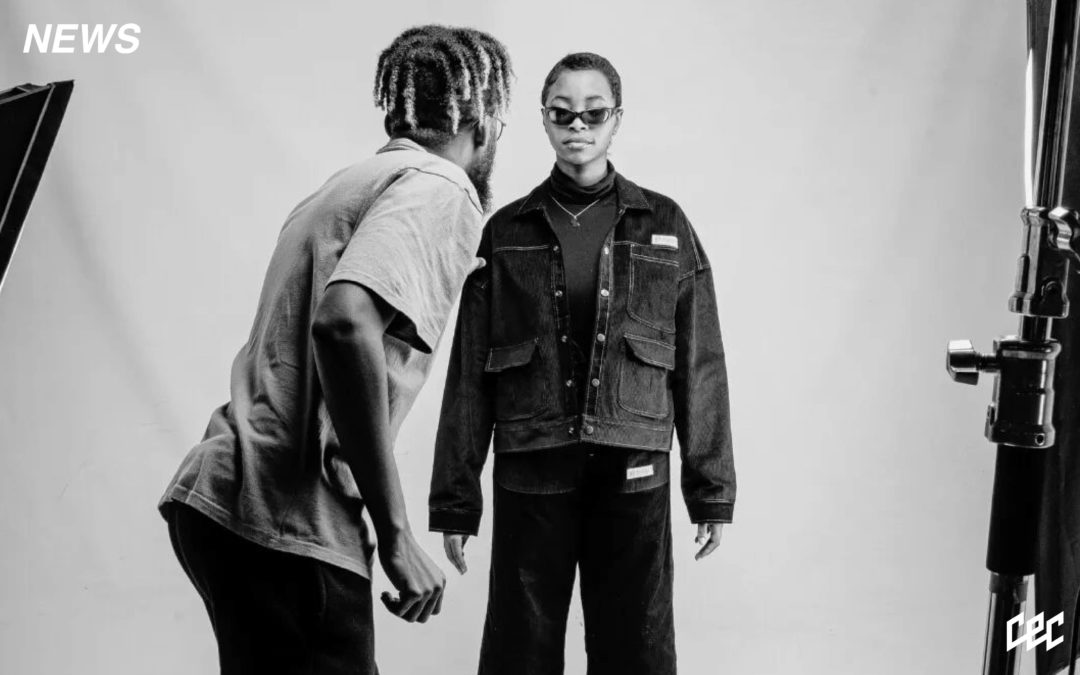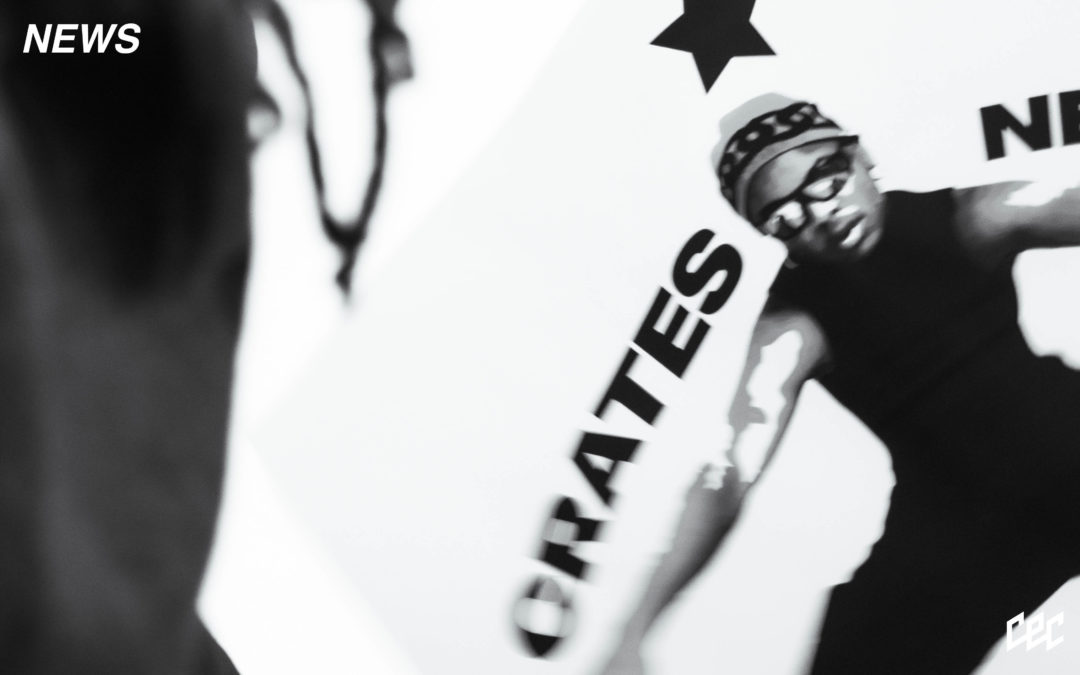“Virgil was here.”
Virgil Abloh (September 30, 1980 – November 28, 2021)
I am not sure I have mourned the passing of a cultural figurehead in quite the same way as I have this past week, since the news broke of Virgil Abloh’s transition from this earth on Sunday evening. I was only 15 when Lee McQueen died, and although I was enamoured by his macabre and guttural contribution to fashion – I think I was too young to comprehend the heaviness left behind when creators of such a magnitude leave us; in a moment’s breathe, suddenly and abruptly the seat of their essence moves with them, leaving only a trail of their work behind in their wake. The endless tributes on social media from intersecting spaces of fashion, design, music, architecture and media reflect the multi-dimensional nature of Virgil’s presence, as he made his mark across all manner of fascination with material and structure-function and form – with his ceaseless inquiring (and answering) the many ways we can experience the full range of our own design signature as human beings.
This idea of “what is your signature” is the opening slide for Virgil’s infamous lecture at the Harvard School of Design – in which he relays a distilled version of his roadmap and shortcuts to students. It is with this spirit of sharing that Virgil has come to be known for – as someone who has opened doors and broken boundaries in ways that we may only truly comprehend in years to come. In an industry built on the back of white supremacy and capitalism, fashion is no stranger to exploitation, cultural appropriation and violence – and it tends to require a good dose of cognitive dissonance to remain consistently in awe of the feats of design held in place by such a distorted systemic structure. I think Virgil came into a decade in which fashion was at a major cross-roads, particularly in 2011 – 2013 in which he established Off-White – and it had become apparent that fashion as the gatekept, insular monolith would no longer hold off in a society that desperately required de-constructing – and if you ask me, demolishing. As the first Black artistic director of Louis Vuitton menswear, Virgil re-invigorated the rigid stiffness of French luxury, and he serves as an icon in translating streetwear into its rightful place as one of the most important aesthetic and cultural movements of the 20th and 21st century. It was never about requiring the validation of luxury in order for streetwear to be recognized, but in merging the two – creators like Virgil have sought to widen the foundation from which design can be imagined – beyond class and into capturing the true anima of the human, visual experience. Fashion is a reflection of what needs to be shown, what is occurring and being discussed, so it can be translated from the inner worlds of us all. It knows no bounds; and when under the watchful eye of someone like Virgil Abloh, it has the power to draw connection between people and craft through the pursuit of beauty.
On Wednesday 1 December, at 00h30 (SA time) – a livestream of Virgil’s final show for Louis Vuitton opened with a short film. A young kid rides his bicycle through Miami (exact locations, I am not sure) – stopping at certain points to observe the contrast of the sun with the structures around him. Virgil often spoke of his younger self as being the motivation for his path forward; that his sensory wonder as a child and a teenager never waned, and was only amplified the more he was able to move between his studies as an architect, to his foray into streetwear in Chicago, his work with Yeezy, Off-White and Louis Vuitton – with many, many collaborations and orchestrations in between across many disciplines. The presence of the crimson red hot air balloon in both the opening film, and as a feature in the show, captures the floating, flying – soaring manner in which he moved through his life; communicating to his audience, community and loved ones that this was true for them all to do, too.
A voice recording opens the show with Virgil’s recorded voice saying “I have been on this focus, in terms of my art and creativity, in which I have been getting adults to behave like children again. To get them back to this sense of wonderment –where they stop using their minds and they start using their imagination.”
Leaving many signatures throughout the show, Virgil’s final offering to us is a distillation of the sheer joy he found in the appreciation and application of colour theory – with many appearances of cobalt blue, acid green, solar yellow, crimson red, oatmeal, bubble-gum pink – aqua, silver, and black. I have always been struck by how Virgil and his team sought to take the LV monogram and elevate it in ways that make it feel tangible and exciting rather than exclusionary. “Virgil was here” is no different in this sense, with lockbox bags with ombré spills are tempered against broad shouldered tailored pieces – sometimes in tie-dye, other times in print or leather. Pleated and hooped skirts layered over draped trousers appear as the models (among them, Kid Cudi) weave delicately through the trees, a nod to the ever-evolving notions of masculine dressing in 2021 and beyond.
This is Virgil’s memory in a collection; the drive to bring fashion out of an archaic time-frame, and into a context that is relevant and present. It is a homage to the sheer amount that he has created in such a short space of time; with always maintaining the great affection he has for the sheer experience of being alive.
Virgil was here.
– Courtesy of Louis Vuitton.
Written by Holly Bell Beaton

